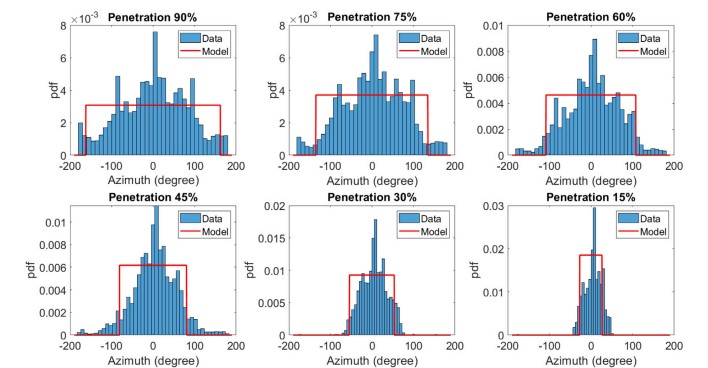A city-level assessment of residential PV hosting capacity for low-voltage distribution systems considering rooftop data and uncertainties
Applied Energy
Umar Hanif Ramdhani
10/1/20241 min read


The increasing trend of small-scale residential photovoltaic (PV) system installation in low-voltage (LV) distribution networks poses challenges for power grids. To quantify these impacts, hosting capacity has become a popular framework for analysis. However, previous studies have mostly focused on small-scale or test feeders and overlooked uncertainties related to rooftop azimuth and tilt. This paper presents a comprehensive evaluation of city-level PV hosting capacity using data from over 300 real LV systems in Varberg, Sweden. A previously developed rooftop azimuth and tilt model is also applied and evaluated. The findings indicate that the distribution systems of the city, with a definition of PV penetration as the percentage of houses with 12 kW installed PV systems, can accommodate up to 90% PV penetration with less than 1% risk of overvoltage, and line loading is not a limiting factor. The roof facet orientation modeling proves to be suitable for city-level applications due to its simplicity and effectiveness. Sensitivity studies reveal that PV system size assumptions significantly influence hosting capacity analysis. The study provides valuable insights for planning strategies to increase PV penetration in residential buildings and offers technical input for regulators and grid operators to facilitate and manage residential PV systems.
Source :
https://www.sciencedirect.com/science/article/pii/S0306261924010985
Copyrights © 2024 ECONOVA all rights reserved.

